With the launch of the new Puget Systems 17″ laptop, there are a lot of performance questions we want to address. Today, we will be examining the performance of this new mobile workstation compared to a more traditional desktop.
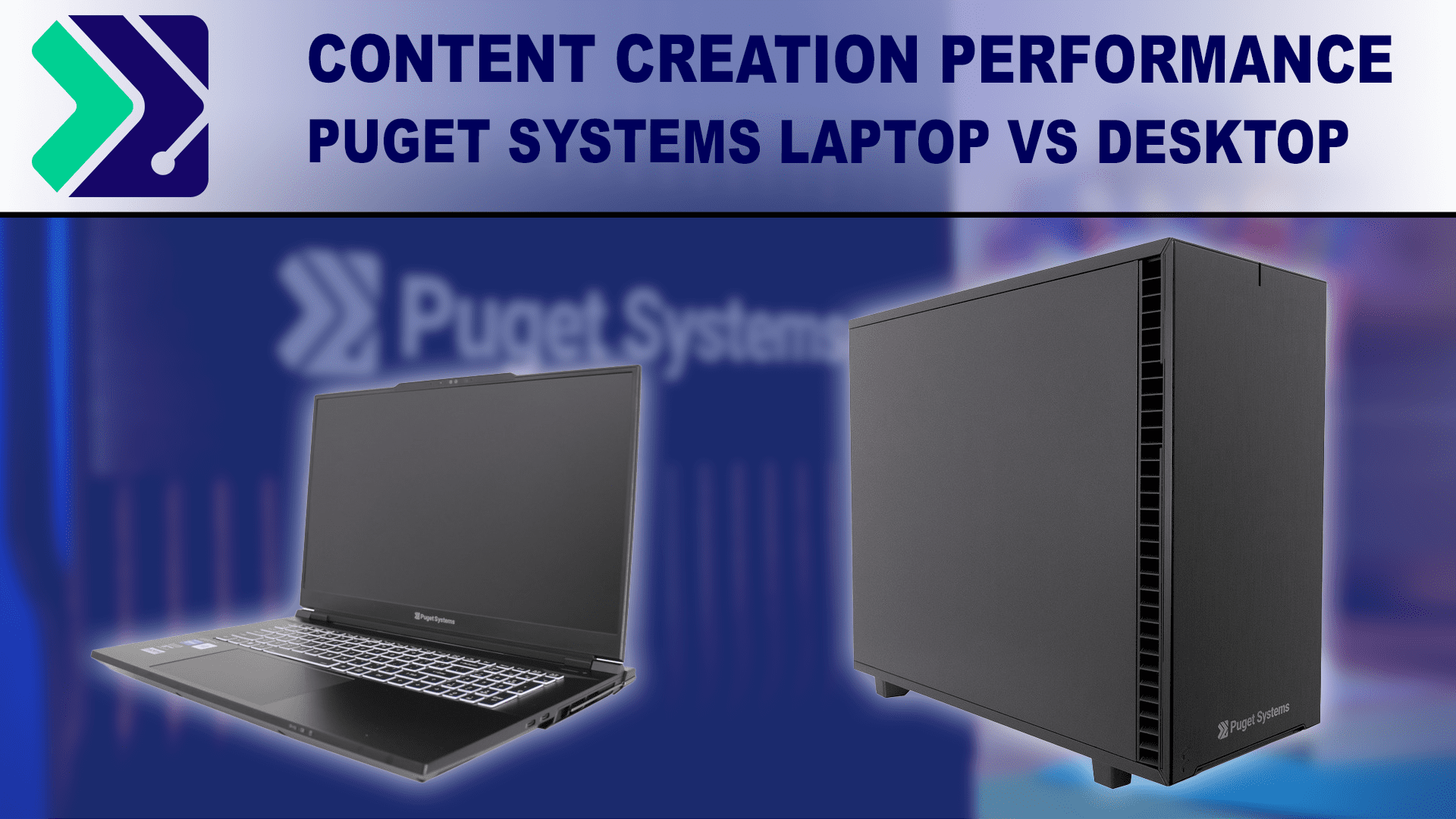

With the launch of the new Puget Systems 17″ laptop, there are a lot of performance questions we want to address. Today, we will be examining the performance of this new mobile workstation compared to a more traditional desktop.
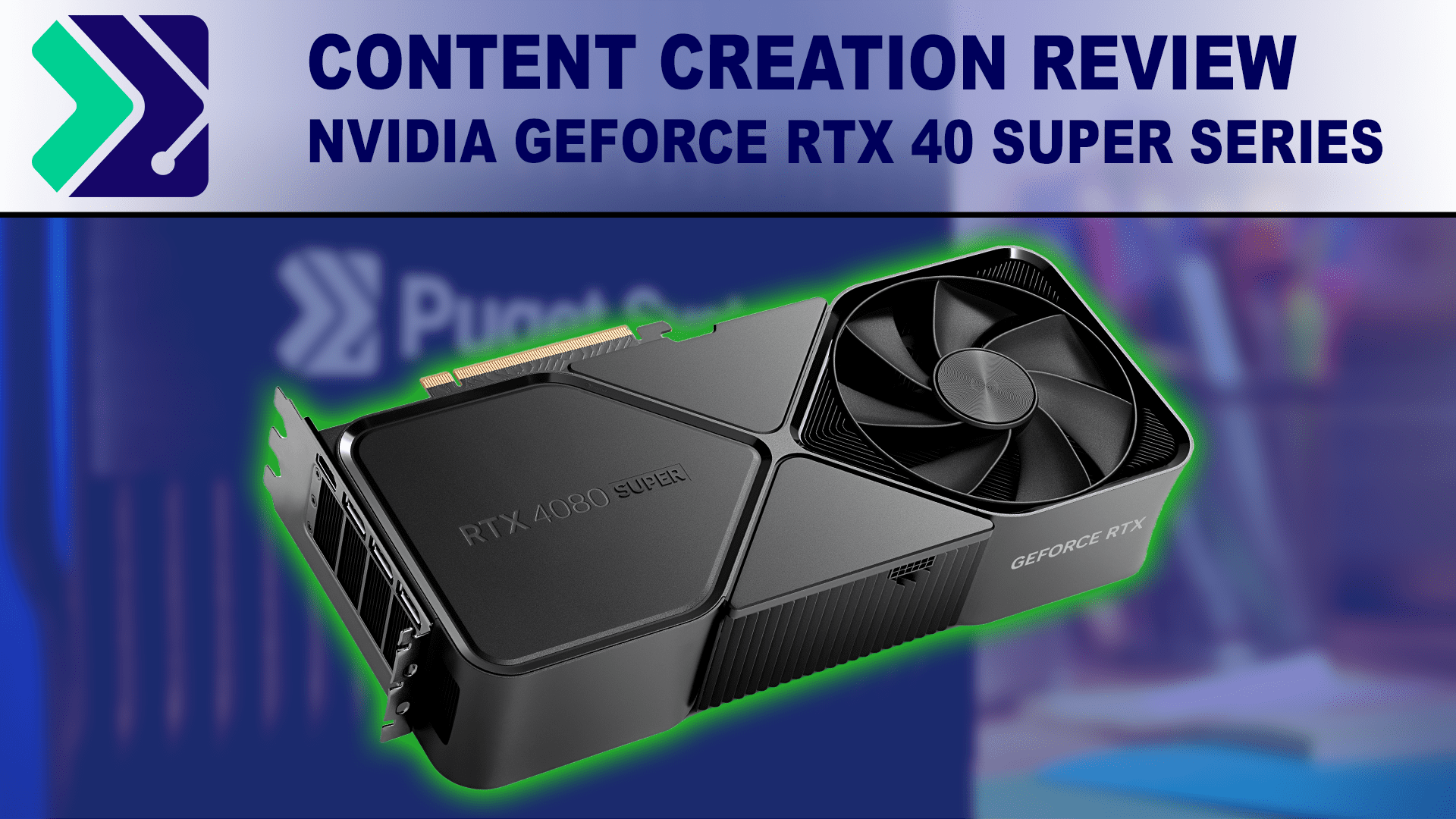
NVIDIA has released the SUPER variants of their RTX 4080, 4070 Ti, and 4070 consumer GPUs. How do they compare to their non-SUPER counterparts?
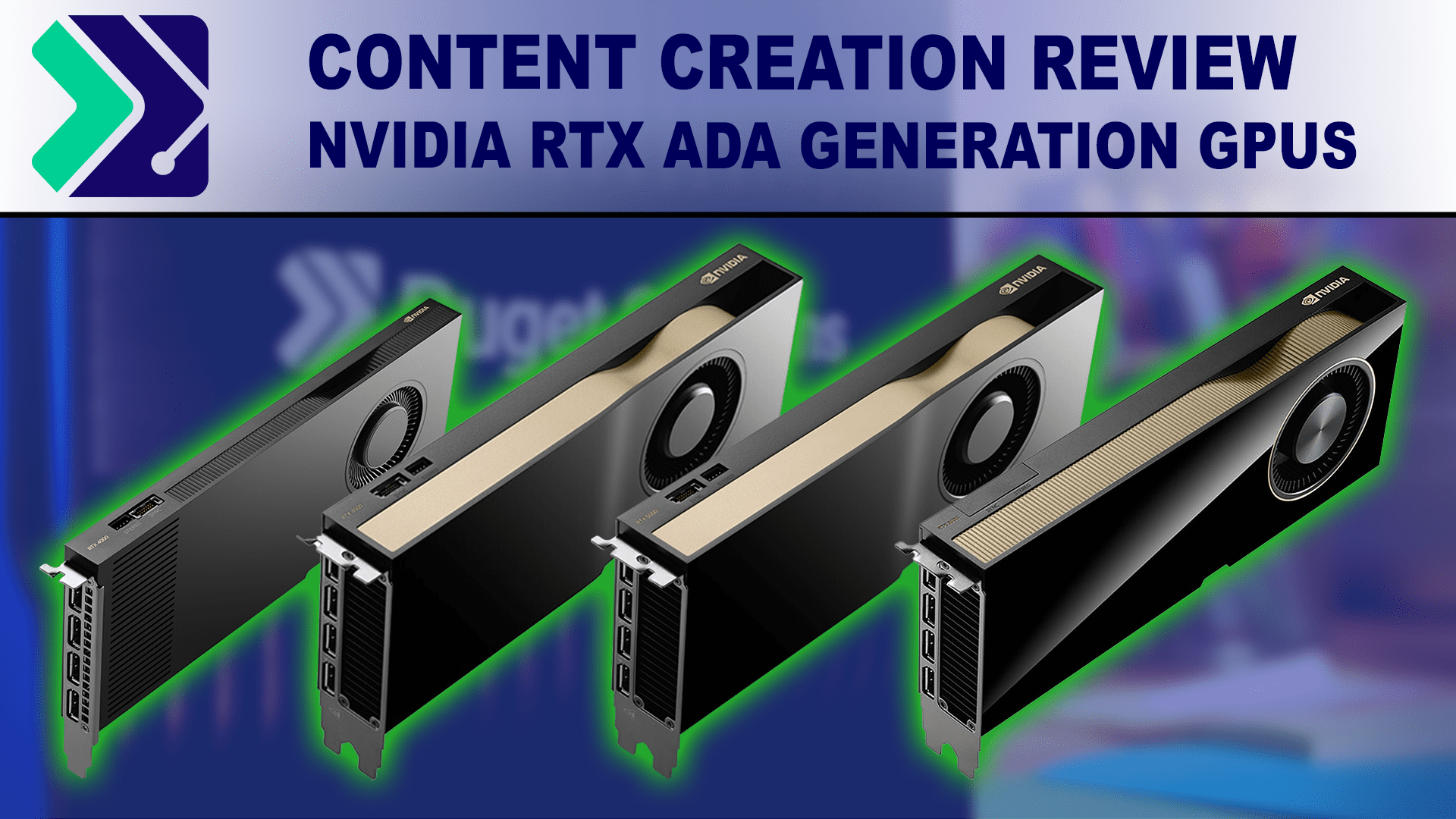
NVIDIA has released the complete family of professional Ada cards. How do they compare to the last-gen Ampere based professional GPUs?
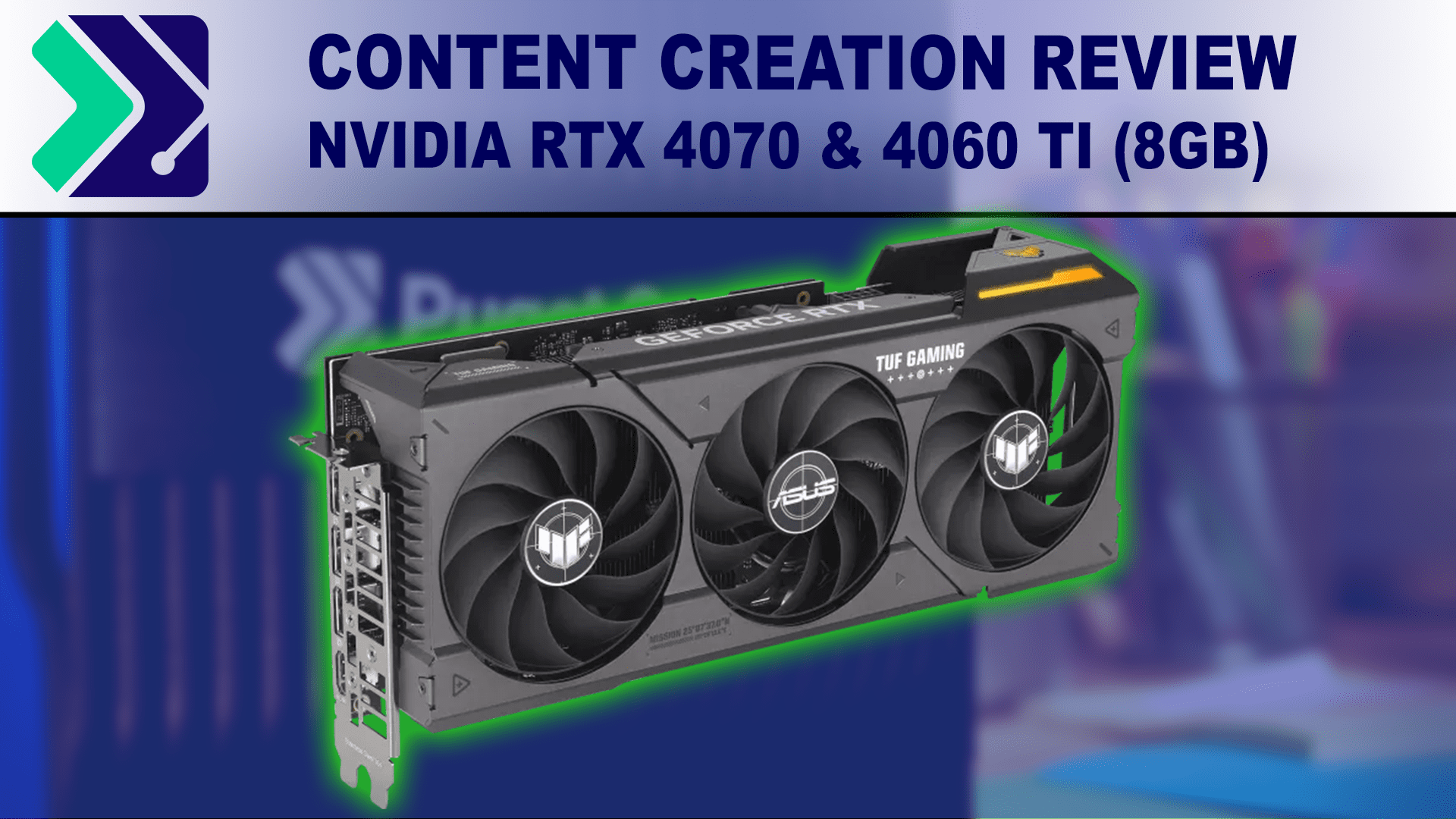
The NVIDIA GeForce RTX 4070 and 4060 Ti (8GB) are the most recent additions to NVIDIAs consumer family of GPUs on their Ada Lovelace Architecture. How do they compare for content creation against their previous generation counterparts?

The NVIDIA RTX 6000 Ada is the latest addition to the NVIDIA’s professional family of GPUs. With cutting-edge hardware and the latest Ada Lovelace architecture and 48GB of VRAM, this GPU should be terrific for a wide range of content creation workflows.
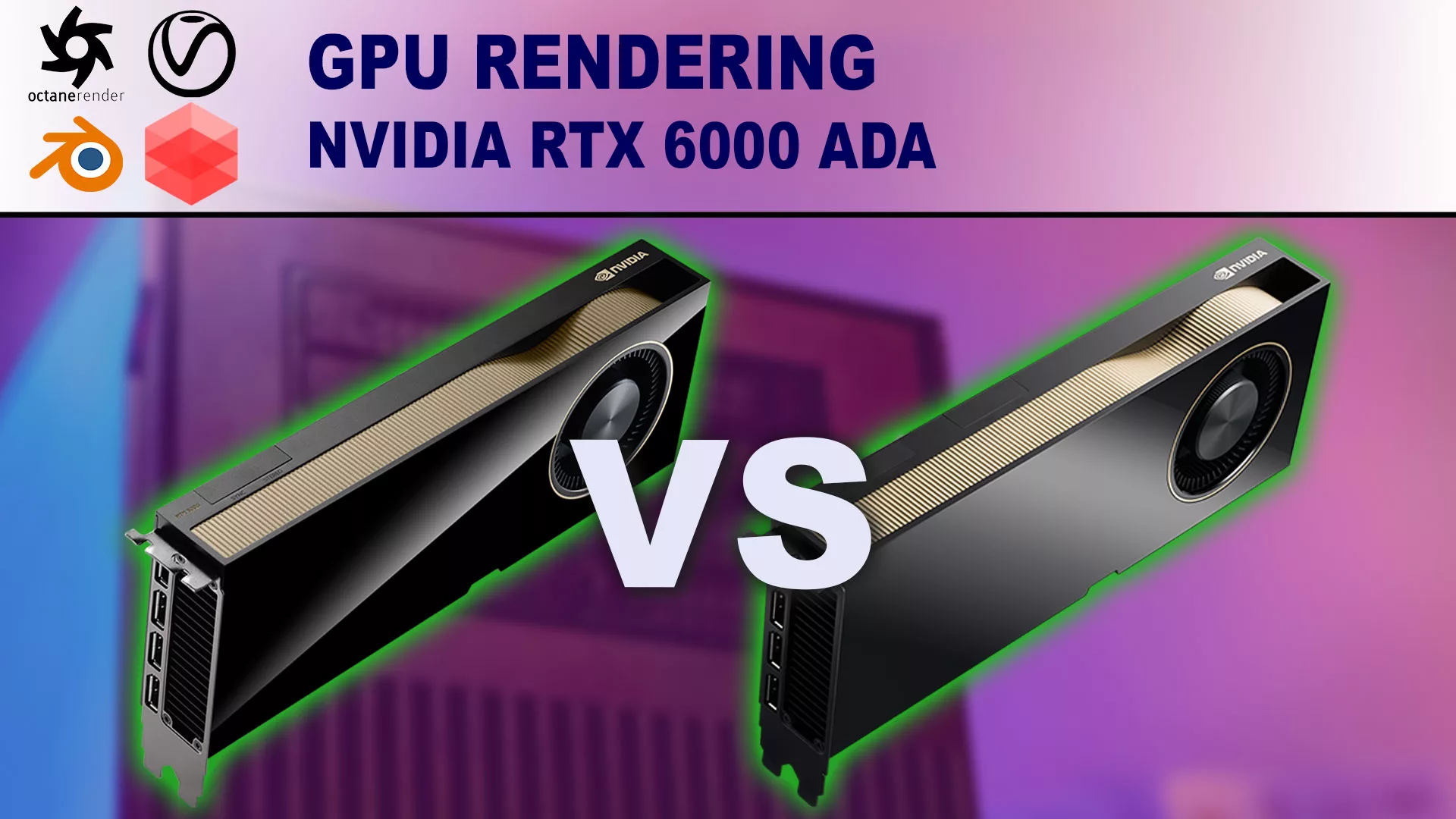
Following the new consumer GPUs, NVIDIA’s new professional video card, the RTX 6000 Ada Generation, is now available. They are often favored for GPU rendering due to their large VRAM and compact design. Just how much more performance do these new GPUs provide compared to the previous generation RTX cards?
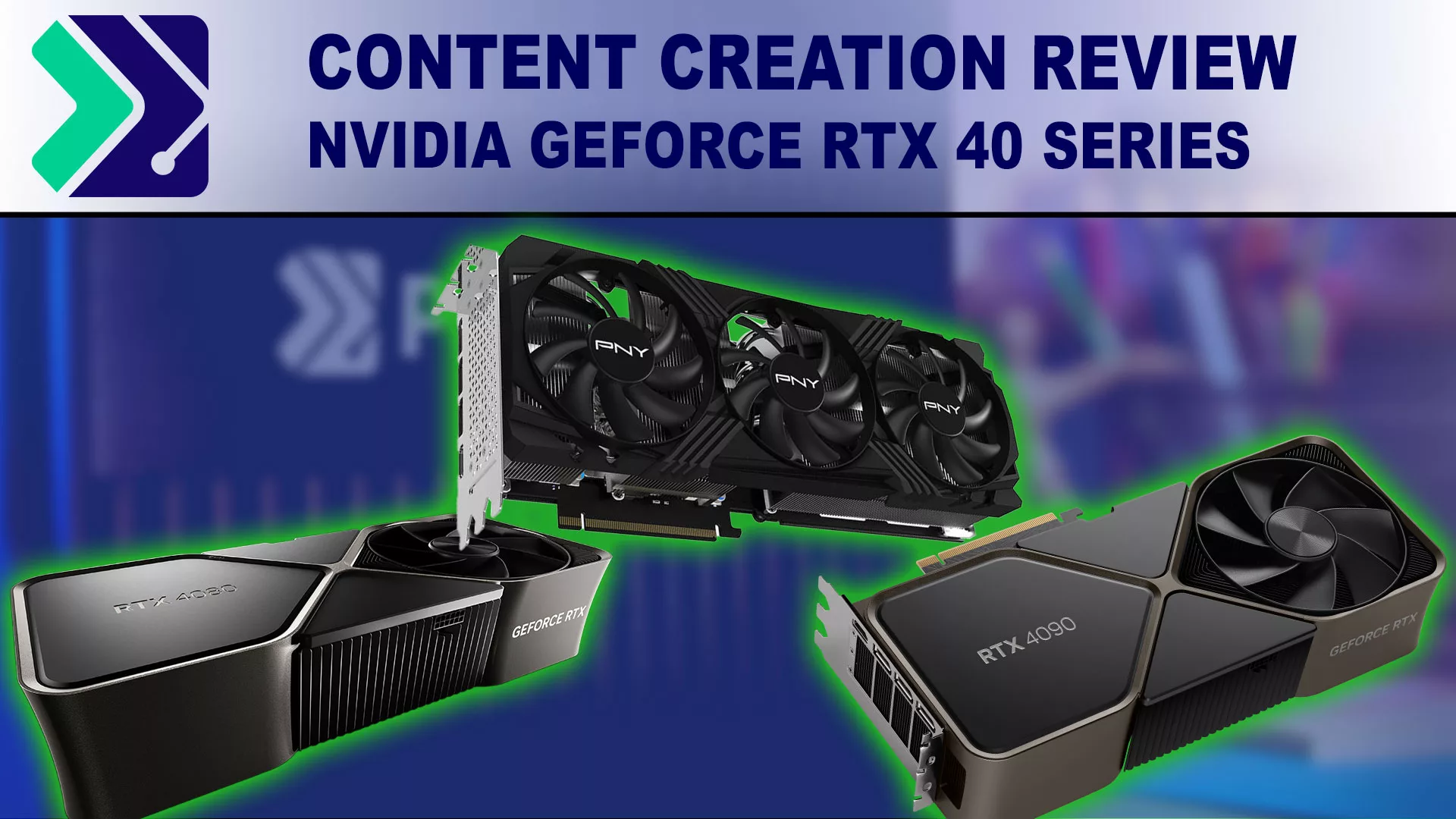
With the RTX 4070 Ti joining the RTX 4080 and 4090, NVIDIA has now completed the launch of the initial trio of their GeForce RTX 40 series of GPUs. How do these cards compare for various content creation workflows versus the previous generation RTX cards, and their competition from AMD?
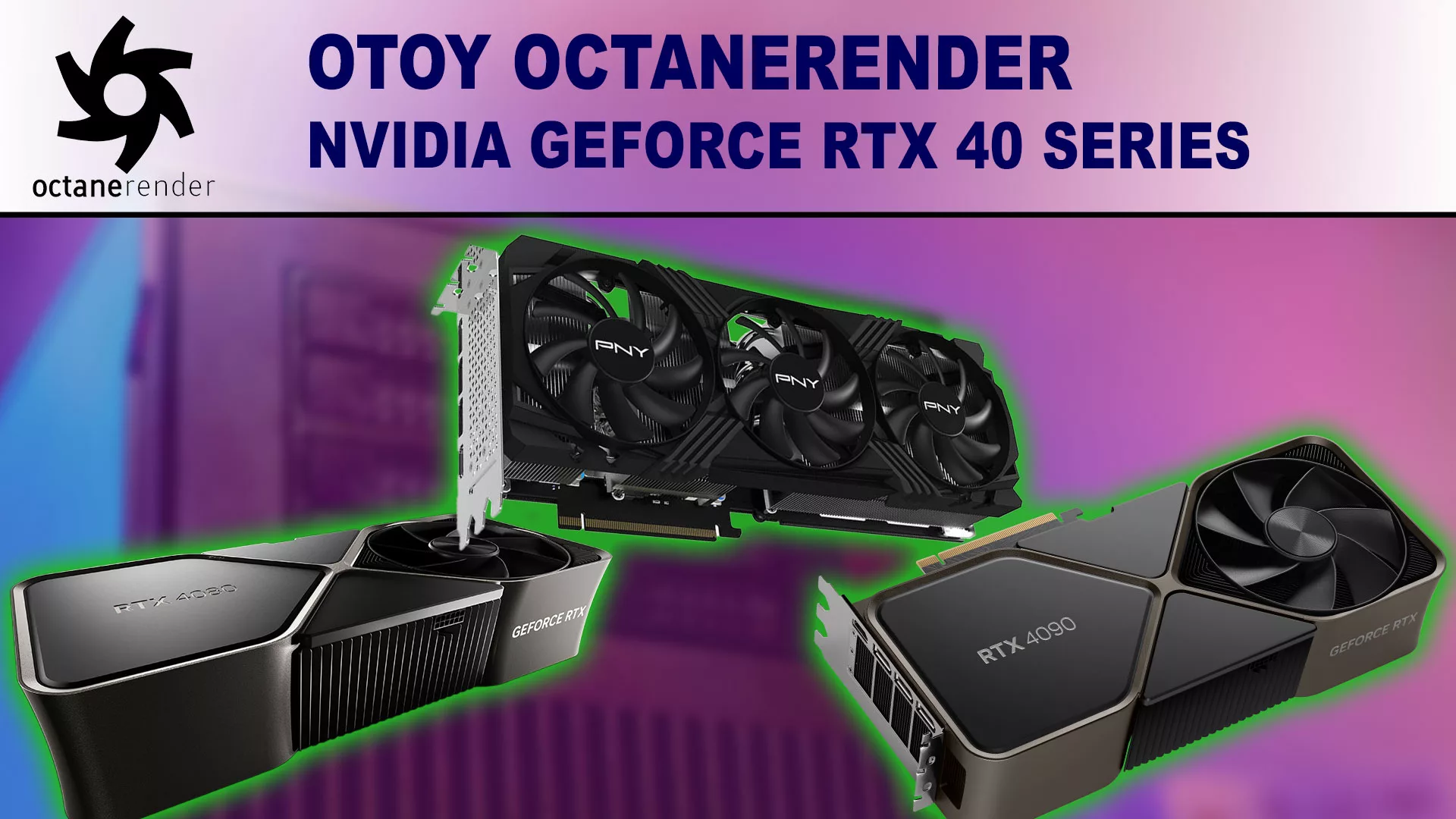
The RTX 4070 Ti has now joined the RTX 4080 and 4090, completing NVIDIA’s launch of the initial trio of their GeForce RTX 40 Series of GPUs. How do these cards compare in Octane versus the previous generation RTX cards?
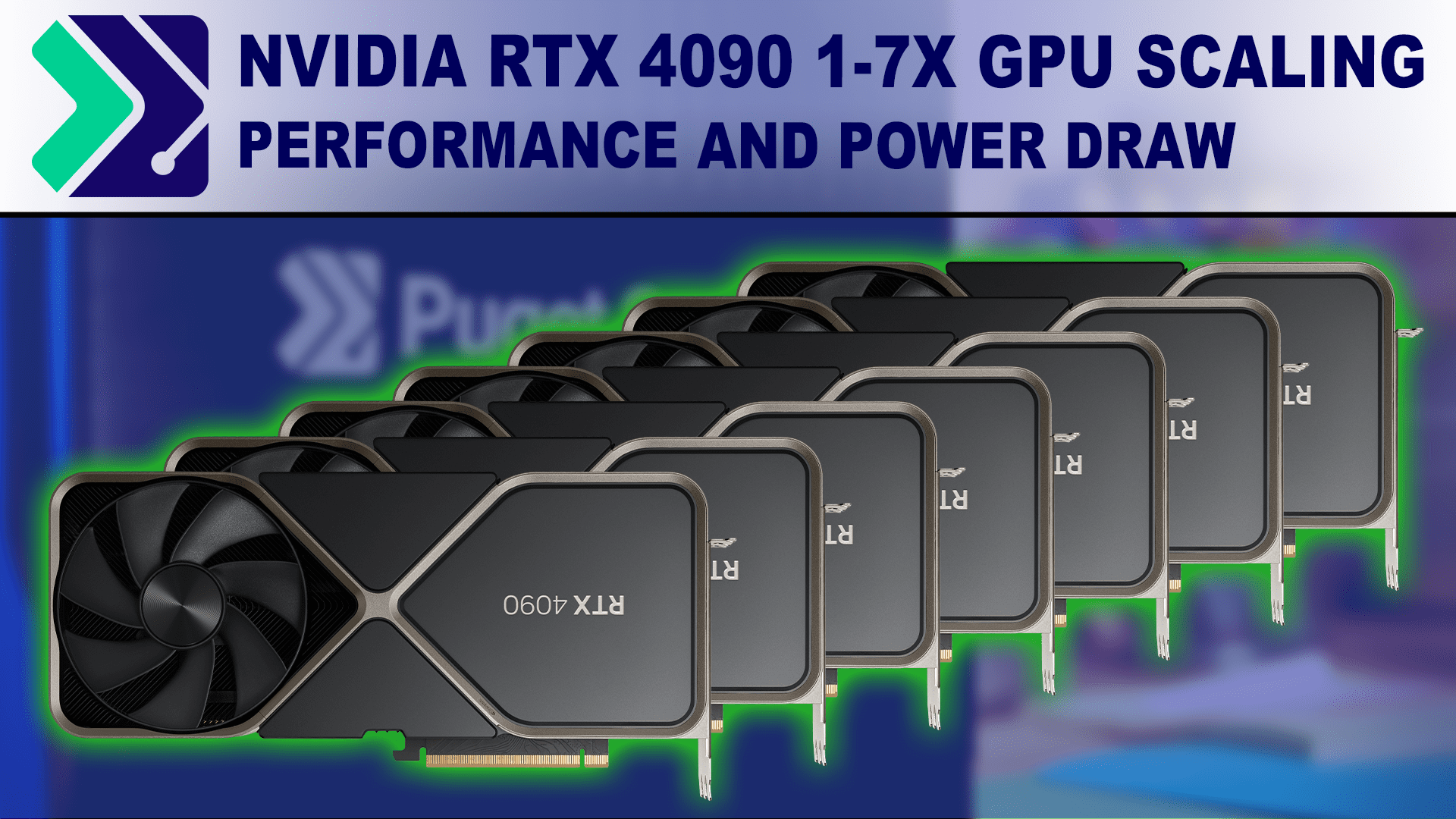
Introduction About a month ago, NVIDIA began rolling out their new RTX 40 series GPUs, starting with the GeForce RTX 4090 24GB. The RTX 4090 is an incredibly powerful GPU, and in our content creation review, it easily blew past anything else on the market. In that same article, we included test results in both
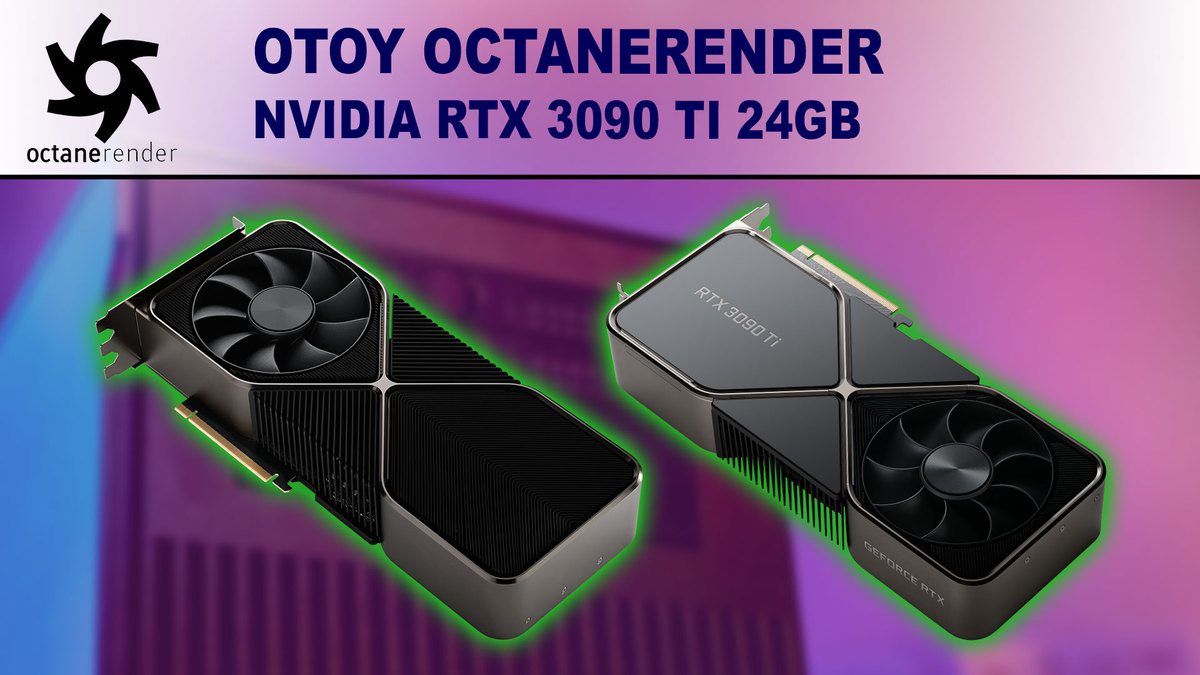
NVIDIA’s new GeForce RTX 3090 Ti is here, touting more performance than the non-Ti variant – although with a larger price tag and power draw to match. The big question is exactly how does this fit in Nvidia’s crowded lineup for GPU rendering within OctaneRender.